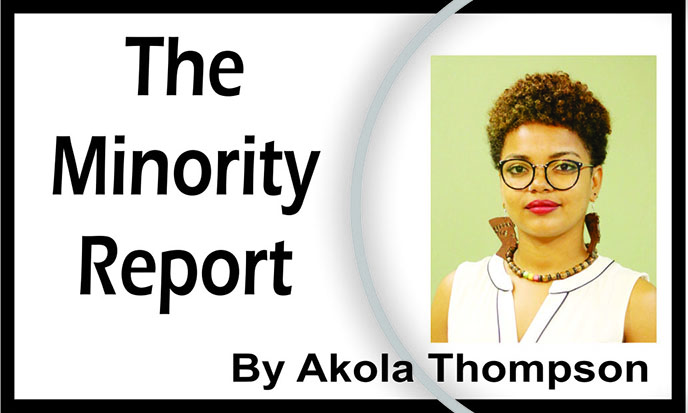Women’s history within the labour force has been a long and tumultuous one. The past few decades have however, seen significant progress being made across the world and in various industries. The COVID-19 pandemic has, however, significantly impacted the progress that has been made. While global estimates for the closing of the global gender gap previously stood to be achieved within 99.5 years, the pandemic has resulted in this estimation being pushed back to 135.6 years (World Economic Forum, 2021). During the periods of 2019-2020, global rates for women’s unemployment stood at 4.2 percent in comparison to 3 percent for men’s unemployment which accounted for a loss of 54 million jobs and 60 million jobs respectively (ILO 2021). This “she-cession” is a direct result of the exacerbation of the socio-economic realities that have long contributed towards a stymying of women’s progress within the labour force.
Socio-economic and political fallouts of COVID-19 have contributed toward an “unprecedented loss of work hours worldwide,” (ILO, 2020). This has resulted in a projection by the World Bank that this will be “the deepest global recession since the Second World War. The ILO did an analysis exploring the regional variations as it related to negative quality and quantity labour force impacts on women in the Americas. “Trends in the Americas showed that women’s employment declined by 9.4 percent compared to a 7.0 percent decline for men as a result of the pandemic. This decline represented the largest decline across all regions. In Europe, job loss rates for women stood at 2.5 percent with an estimation of 0.6 percent of them being recovered in 2021” (ILO, 2021). 13 million women in Latin America and the Caribbean had lost their jobs due to the pandemic, (ILO, 2021), but more than 4 million are still to recover their jobs to date (ILO, 2022).
The issues impacting women’s inequality in the labour force however have long existed. A
McKinsey Global Institute study on gender equality had found that before the pandemic, “15
indicators showed that tangible progress toward gender parity had been uneven and that large gender gaps remained across the world” (Madgavkar et al, 2020). While women only make up 39 percent of global employment, they account for 54 percent of global unemployment (Madgavkar et al, 2020). The COVID-19 pandemic and its impacts are unique as historically, recessions have primarily impacted men; but with the industries being affected primarily being women dominated, women were more affected. Globally, 40 percent (510 million) of all employed women compared to 36.6 percent of employed men work in hard-hit sectors (UN Women, 2020). As women are over-represented in sectors requiring high levels of physical proximity, and also having the widest gaps in digital skills and technology use, this has impacted their ability to recover quickly from the pandemic effects. Those in precarious employment and informal work were particularly impacted during the COVID-19 pandemic. The race of women has also had a role to play in job losses during the pandemic with Black women facing high levels in comparison to other races.
Women’s loss of employment is both a consequence of gender inequality, and contributes towards adherence to traditional gender roles (UN Women, 2021). An indication of this is seen in increased care work. “While women were already doing most of the world’s unpaid care work prior to the onset of the COVID-19 pandemic, emerging research suggests that the crisis and its subsequent shutdown response have resulted in a dramatic increase in this burden” (Power, 2020). As COVID-19 primarily affected industries that were dominated by women, and saw the closures of schools and childcare facilities, women with caretaking responsibilities were forced to reduce hours or leave their jobs completely in comparison to men. This pattern has long been established by several studies that have found, caring and household duties are globally performed by women more than men, regardless of their employment status. A regional online survey done by the IDB found that “twice as many women compared to men reported increases in domestic chores and home-schooling children,” all while managing their professional duties (IDB, 2021).
The demographic of women that was primarily impacted by job losses during the pandemic were those who worked in industries affected by the pandemic such as hotels, food service, childcare etc. (UN Women, 2021), which were impacted by lockdowns and a lack of social safety nets. Those who worked in the informal economy were also heavily impacted as there was less security around their jobs. It was found that given many women’s limited skills in digital skills and access to technology, this contributed towards many being laid off. Those within industries that allowed working from home, and who had higher levels of education were less impacted by the “she-cession.” The demographic of working mothers and those with caring responsibilities were highly impacted by job losses during the pandemic (ILO, 2021), and their caring responsibilities drastically increased, even as men took on additional household and caring responsibilities. This did not necessarily contribute towards less caring responsibilities for women however, and the effects of women’s unemployment is still being felt by millions who remain unemployed. The gap in women’s unemployment varies by geographic locations and sectors, but it’s generally consistent in the fact that women have been particularly impacted by the pandemic.
These contributing factors of course have immense impacts on women’s employment that have had both short and long term effects, such as slowing down or stopping their opportunities for career advancement and also reducing their future income. There is a need for targeted gendered interventions that address existing inequalities within both the home and workplace to ensure that women are able to be reintegrated into the labour market. It is important for policies to address not only women’s labour participation and development, but also focus on unpaid household and caring work.




